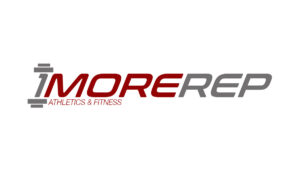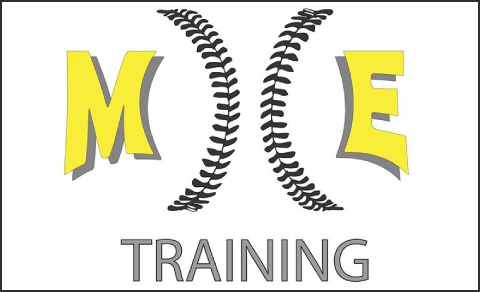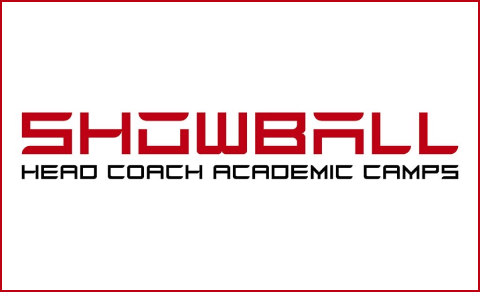Editor’s Note: This is the eighth installment of “College Recruiting 101” Powered by 1 More Rep Athletics & Fitness in which we delve into the world of college baseball recruiting. In the last edition, we spoke with Philadelphia Phillies scout Dan Palumbo and in this week’s edition we spoke with Sam Sharf, Partner and Director of Baseball at College Sports Advisors. Feel free to check them out here.)

Could you explain to our audience the role that College Sports Advisors play in the recruiting process for a student-athlete?
Our first job at CSA is to evaluate the player to understand their skill set and how it fits into the college baseball landscape. At that point, we can devise a unique strategy to market that player to the appropriate schools and coordinate the events that make the most sense for their game.
We consider ourselves a player management company tasked with surrounding each player with the best resources so they can achieve at their highest level. Working with student-athletes throughout various points of the recruiting process forces us to customize our approach for each to find the best fit for their future at the college level. For us, it’s all about finding a home where they can excel on the field, in the classroom, and as people.
We spend a lot of time at workouts and games to ensure we have substantial scouting reports and videos of each player. This allows us to target the right schools and have in-depth conversations with college coaches. Additionally, we can advise the player on the necessary steps for their recruiting process.

GameChanger by DICK’S Sporting Goods
The Northeast is a region of the country that generally gets overlooked when it comes to developing the high-level baseball player. From your perspective, what does it take to turn around that negative perception, and have you found that the clients you have dealt with work hard to overcome this stigma?
We have a lot of talent in this region, and the progression of player development resources has greatly aided it. Over the last ten years, we’ve seen some of the best training facilities and professionals provide top-level instruction to players throughout the area. This has dramatically impacted the players to reach new heights.
Additionally, the indoor facilities have vastly improved. Despite the cold weather, players throughout the Northeast can still get a lot of work throughout the off-season. Our climate also has some advantages because it allows players to step away from the field and focus on development while spending time in the weight room, getting stronger, and learning to move better.
From a college recruiting perspective, there are many great programs in the region at all levels that provide tremendous opportunities for players. We’re also seeing some of the top players in the Northeast excel at the highest level of the sport, both collegiately and professionally. This is great to see and a result of the advanced player development resources here in the region.

.
What are some of the things that high school athletes should be doing to enhance their chances of breaking through the crowded field of amateur baseball and being noticed?
Most importantly, players need a really good strength training program. The game is more physical and athletic than ever, and you must match that trend. You need to focus on moving better, producing more force, and how it translates into your skill development.
I believe that player evaluation is at the heart of any good recruiting strategy. Seek out coaches and other professionals who can assess your game and give you honest feedback about the type of programs that might be a fit. Knowing where your game compares to the college level will allow you to devise the right plan for you as a student-athlete. Unfortunately, players and families waste so much time chasing opportunities that are not attainable. Everyone’s timing is different, and the goal should always be the right fit.

.
What are some things that can foil an athlete’s chances of garnering an athletic scholarship?
Poor academic performance will definitely hurt a student-athletes chances of getting recruited. It’s an easy way for coaches to cross you off the list.
How you present yourself in communication and across social media is also an area where players get in trouble. Be very aware of what you’re putting out there for everyone to see. Also, be sure to communicate effectively with college coaches. If someone reaches out to you, reply and never take interest for granted.
How players handle themselves on the field is also an area of focus. How you interact with your coaches and teammates and conduct yourself during a game (hustle on and off the field, hard 90s getting out of the batter’s box, pregame routine, etc.) are major focus points for coaches as they decide who they want to be a part of their program. These are controllable’s and things you must be aware of because you never know who is watching.

.
How much of a role do academics play in the process of recruiting?
Academics are very important! First and foremost, this is a 40-year decision centered around your degree and future career path, so success in the classroom will provide more opportunities.
Additionally, this is a partial scholarship sport, so the potential to receive academic merit aid is beneficial to reducing the cost of your college education.
College coaches want to recruit players that are motivated in all areas. Having a good GPA highlights that you are committed to success, willing to work in the classroom, and more likely to maintain good habits once on campus.

.
Overall, how has the landscape of college recruiting changed since 2013, when you started doing this for a living?
There has been a lot of change to the recruiting process since I started helping student-athletes in 2013. The most wide-ranging change is the faster pace at which schools recruit. This has caused players and families to think they are falling behind, which isn’t always true.
Certainly, post-pandemic, there has been a lot of change with the one-time waiver for transfers and the effect that has had on the transfer portal, roster construction, and how college programs look at recruiting. The player pool has expanded significantly, and high school players are forced to compete with college players that already have experience at that level and are more prepared to compete on day one.
.

.
For the athlete that feels like they are falling behind their peers and sees all of their friends and teammates announcing their college commitments on Instagram, what advice would you have?
Understand that everyone’s timing is different. It’s not a race; the goal is not to commit but to succeed at the institution/program throughout your four-year career. It’s also important to understand your skill set and where it fits at the college level because that highly impacts the timing of your recruitment.














